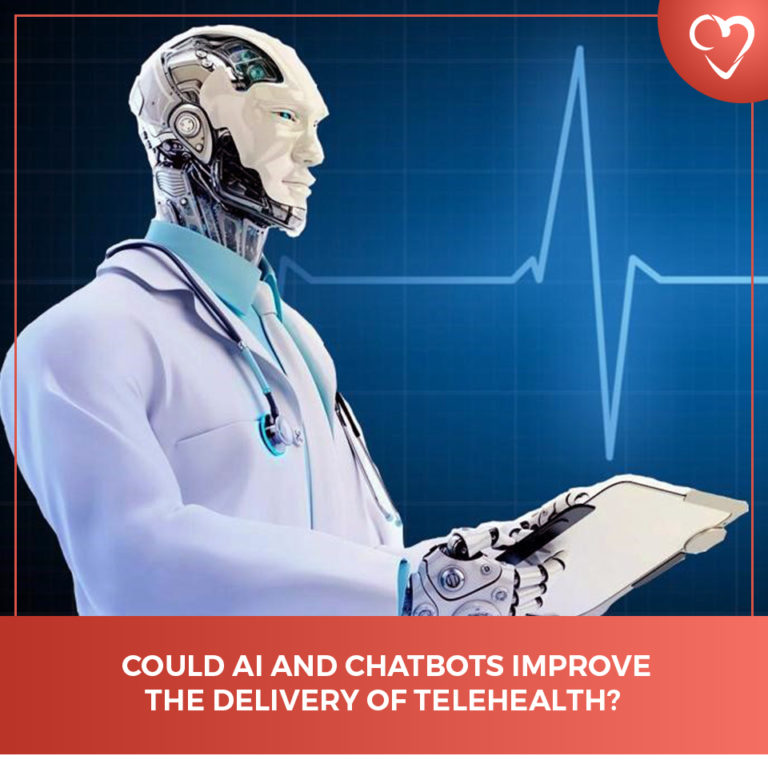
New Advances in AI and Chatbot Tech Could Help HCPs and Patients in Telehealth
As telehealth becomes increasingly accessible and getting basic medical care easier for those in rural areas, some technologies are poised to make even more of a value improvement value in patient care using Artificial Intelligence (AI) and chatbots.
There are several directions in which AI and chatbots could head. One promising development would be using the AI to gather initial patient information and do preliminary analysis for healthcare providers, freeing HCPs up to provide higher quality care as well as provide that care to a larger number of patients. The FDA doesn’t allow a AI to make a diagnosis or prescribe drugs without the input of a physician, but AI could collect data and assess, offering a potential prognosis to the physician for inspection. For instance, as Healthcare IT News explains, AI could suggest, “there’s an 84 percent chance that a patient’s stomach symptoms are related to the flu and that there’s a 4 percent chance they are due to indigestion.”
New technologies in telemonitoring and diagnostics are also hoping to make telemedicine feel closer to the in-person experience with doctor even if a patient is consulting with that doctor from miles away. Cory Costley, chief product officer and co-founder at Avizia, a telemedicine technology vendor, told Healthcare IT News that, “Tools like these truly bridge the gap between what you can do remotely and what you can’t do remotely.” Companies further hope this can make healthcare more available in general to places that are facing physician shortages.
In a survey of what patients want most from telehealth, quality patient care ranked most highly, but closely following behind was the quality of the experience itself. Bolstering that value, a patient’s home and their provider’s offices. Another matter that would add value to patients’ experience, John Donohue argues in Healthcare IT News, is integrating telehealth services with the patient’s EHR, which seems like a real no-brainer in terms of benefits but could be complicated to integrate and put into practice. Of course, Donohue reminds, all this will also require a platform and network that functions flawlessly and never runs slow which sounds like a tall but not impossible order.